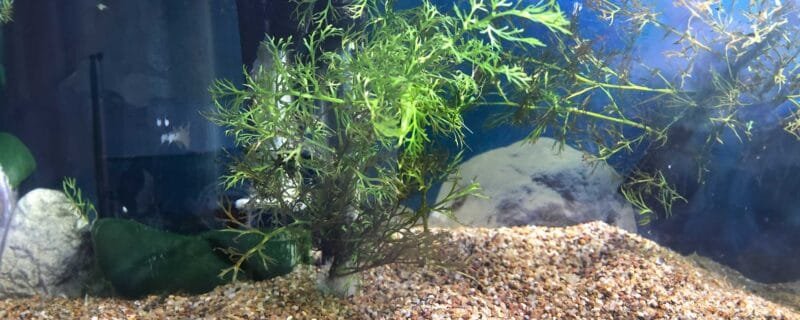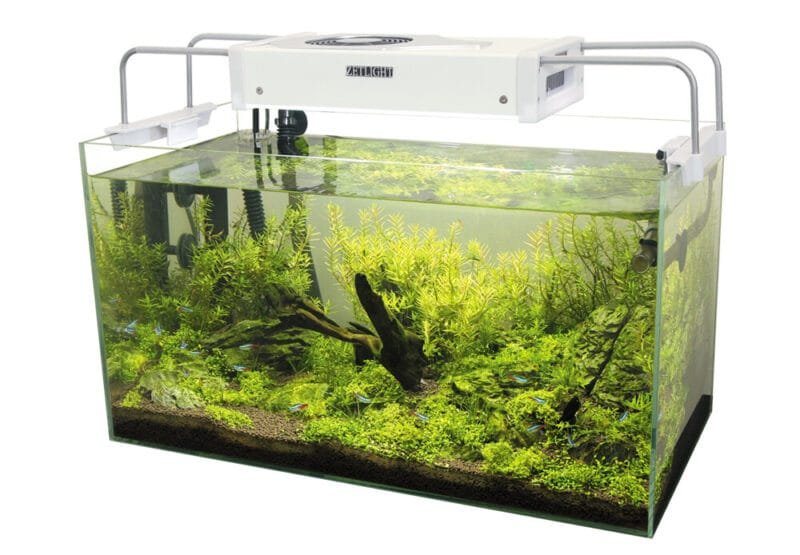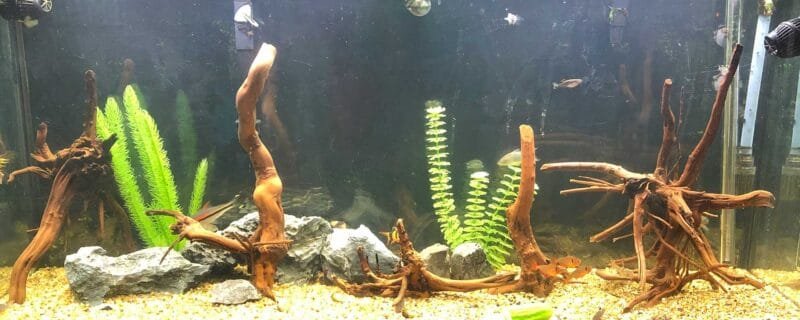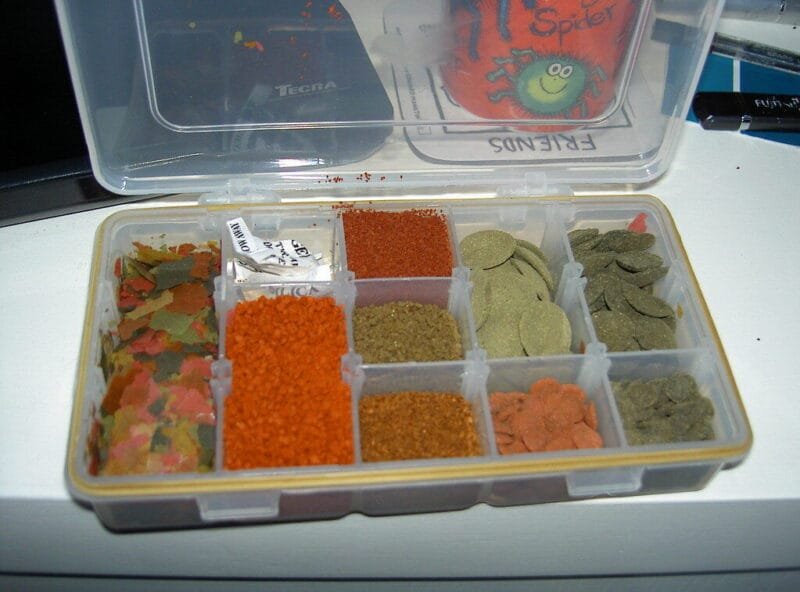Introduction
Anubias Barteri, often referred to simply as Anubias, is a popular and versatile aquatic plant that has earned its place in many aquariums around the world. Whether you’re a seasoned aquarist or a beginner, this plant can be a valuable addition to your underwater garden. In this SEO-friendly blog post, we’ll explore where Anubias Barteri is found in nature, its native conditions, light requirements, CO2 and fertilizer needs, its placement in the aquarium, growth characteristics, fish companions, and its propagation potential.
Natural Habitat and Native Conditions
Anubias Barteri originates from the tropical rainforests of West Africa, particularly in countries like Nigeria, Cameroon, and the Ivory Coast. In its native habitat, it thrives in the damp, shaded areas along riverbanks and streams. These conditions provide valuable insights into how to care for it in your aquarium.
Light Requirements
One of the reasons Anubias Barteri is beloved by aquarium enthusiasts is its adaptability to various light conditions. It is considered a low-light plant, which means it can thrive even in setups with minimal lighting. However, providing moderate to bright, indirect light will encourage healthier and faster growth. Avoid exposing it to direct, intense light, as this can lead to algae growth on its leaves.
CO2 and Fertilizer Needs
Unlike some demanding aquatic plants, Anubias Barteri does not require additional CO2 supplementation to grow successfully. It can draw its required carbon dioxide from the air. While it doesn’t have high nutrient demands, it can benefit from occasional liquid or root tab fertilizer to promote lush, vibrant growth.
Placement in the Aquarium
Anubias Barteri is a versatile plant that can be used in various aquascaping layouts. It is commonly placed in the midground or background of aquariums due to its relatively slow growth and tall, broad leaves. Its distinctive, deep green foliage provides an attractive contrast to other aquatic plants and hardscape elements.
Growth Characteristics
Anubias Barteri is known for its slow growth compared to some other aquarium plants. It typically reaches a height of 6 to 12 inches, making it suitable for smaller tanks as well as larger setups. The leaves are leathery and robust, making them resistant to damage from herbivorous fish and most plant-eating invertebrates.
Ideal Tankmates
Many fish species appreciate the presence of Anubias Barteri in their habitat. Fish such as African Cichlids, Tetras, Gouramis, and peaceful community fish enjoy swimming among its broad leaves. Additionally, it offers shelter for small fry and can serve as a grazing surface for algae-eating species.
Propagation
Anubias Barteri is an excellent plant for propagation, making it a cost-effective choice for expanding your aquatic garden. It can be propagated through rhizome division. Carefully cut the rhizome into smaller sections, ensuring that each section has healthy roots and leaves. Plant these sections in the substrate or attach them to rocks or driftwood using fishing line or thread. Over time, each division will grow into a new Anubias plant.
Conclusion
Anubias Barteri is a valuable and adaptable addition to any aquarium, whether you’re a beginner or a seasoned aquarist. Understanding its native conditions, light preferences, minimal CO2 and fertilizer needs, placement in the aquarium, growth characteristics, and compatibility with various fish species can help you create a thriving underwater ecosystem. Its ease of propagation allows you to share its beauty and benefits with other aquarium enthusiasts. So, consider adding Anubias Barteri to your aquarium and watch it flourish as part of your aquatic masterpiece.







